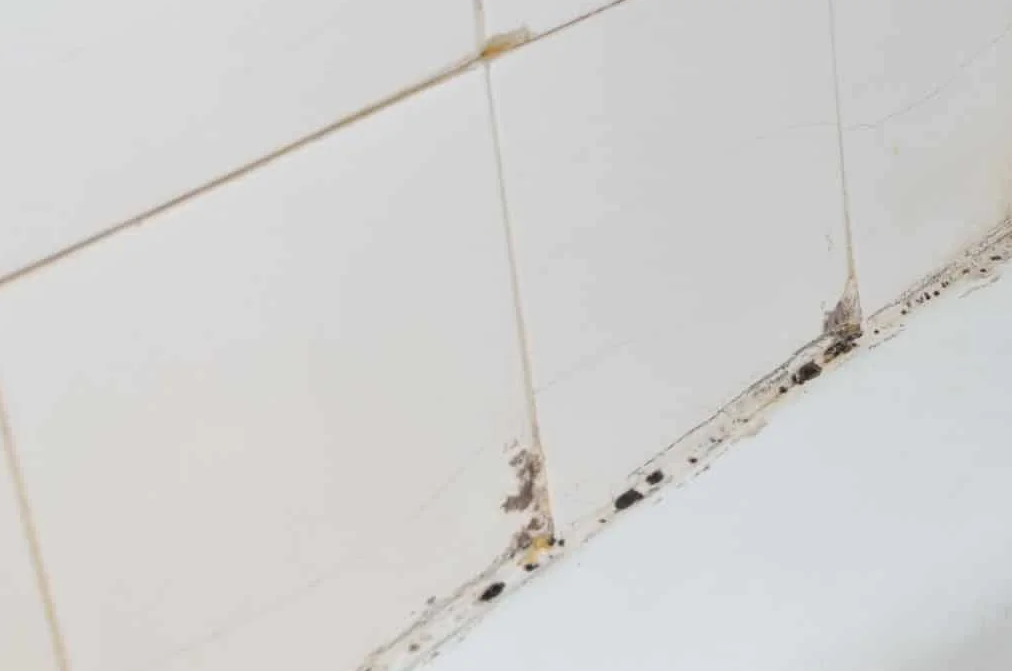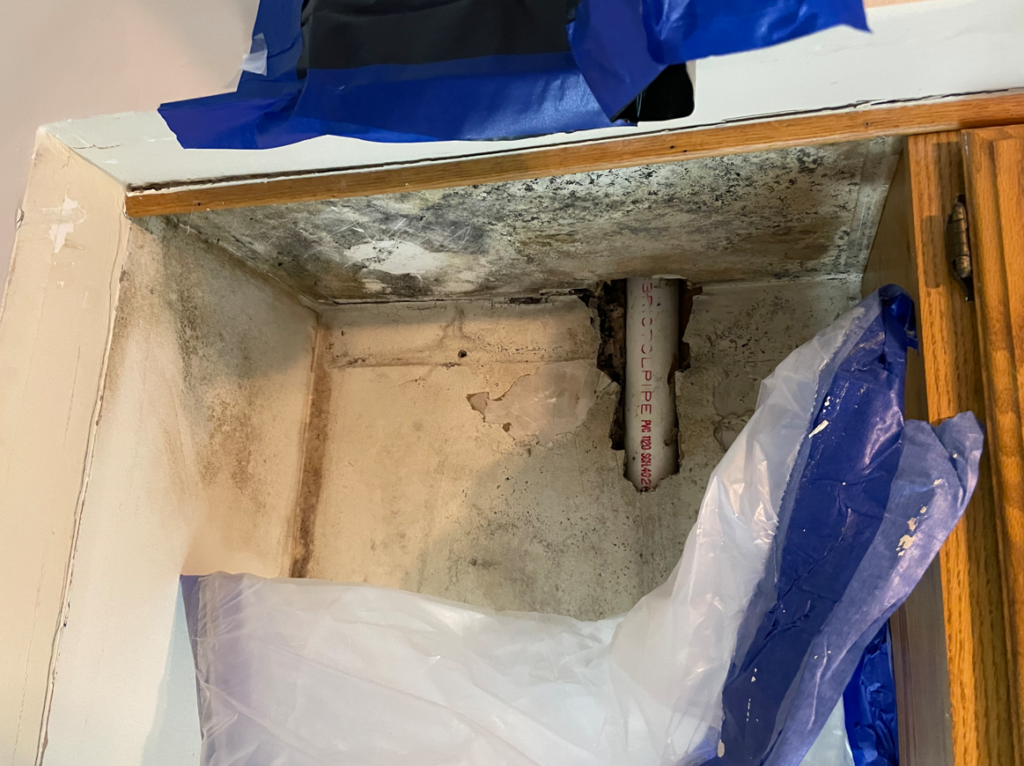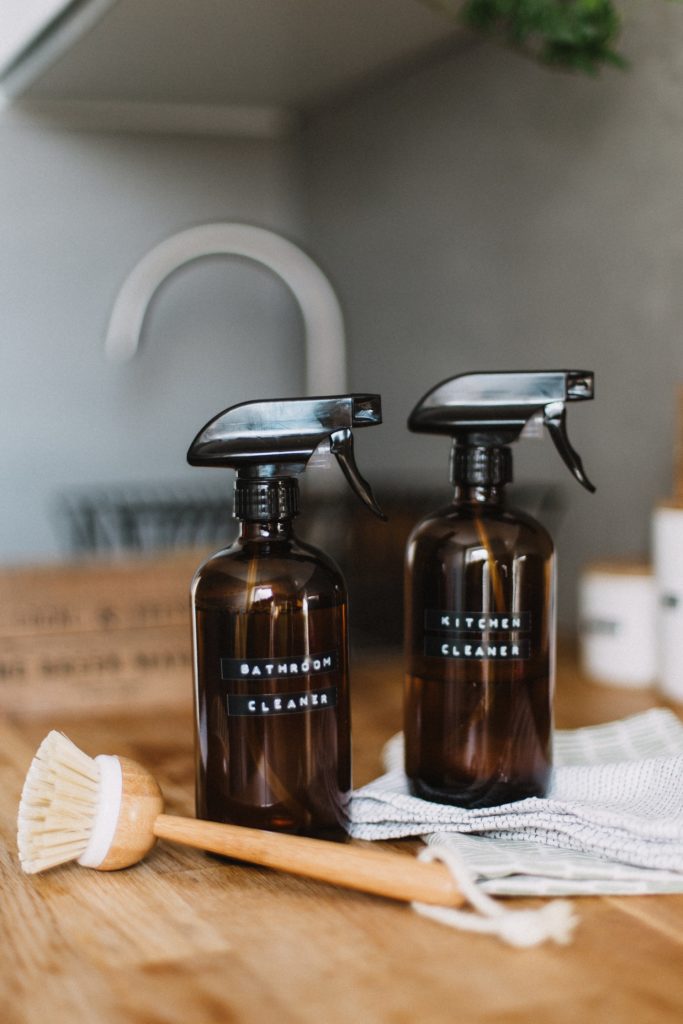Is it Mold or Mildew and Does it Make a Difference?
We have all had incidences of the dreaded black, green, or gray spots in and around our shower or tub area, or perhaps it’s in your basement or crawlspace. Is it mold or mildew? These terms often used interchangeably are indeed not the same. A homeowner has to make that determination before a treatment can be utilized. Although similar, mold and mildew are quite different, and how they are removed is also quite different.

Mold and mildew are both a type of fungi that live and thrive in moist and or water-damaged areas of the home. Mildew tends to be more green/gray in color and tends to have a powder-like texture. Mold on the other hand can come in a wide range of hues with a fuzzy looking texture. Although both of these can grow in a humid, moist environment, a key factor that makes them different is that mold often grows deep below the surface and mildew is a surface dweller. Due to this factor, how to alleviate mold versus mildew varies greatly.
Black mold specifically, which is actually Stachybotrys chartarum species, can cause significant damage to your home as well as the health issues associated with mold are far more serious.

Is Using Bleach on Mold a Good Idea?
When homeowners come across something black or gray growing in their home we often hear their first instinct is to reach for the bleach as it is a very common cleaner among most households. It is known for its disinfection and whitening properties. Bleach has been marketed by many as the best way to “kill” unsightly mold. It is often a go-to for mold remediation as it “appears” to remove mold instantly, but does it really work on killing the annoying, smelly, and destructive mold at its root?
Bleach will only help alleviate mold on non-porous surfaces such as sinks and tiles. Mold grows much more deeply on porous surfaces such as wood, paper, and drywall-type surfaces. Bleach and other common household products can be used to remove mildew, with a brush and a little elbow grease. However, due to the health hazards, the fact that mold spores travel through the air, and protective gear must be worn, mold removal needs to be left to the professionals. Bleach contains about 95% water.
How does mold grow and form? You guessed it, from moist, wet areas as we previously discussed. The chlorine in bleach evaporates quickly leaving behind just the water and can actually worsen your mold problem.
What you are doing when you spray mold…
We often use the following analogy when a customer shares with us that they simply sprayed their mold with bleach and it came back or never fully left in the first place. Envision there is a pile of dirt on the floor and you take a cup of bleach and pour that directly onto the center of the dirt. The bleach will hit the center of the pile and push the dirt outward leaving a “somewhat” clean center but now instead of a pile of dirt you have a ring of dirt that is coated in bleach. The dirt has been moved around a bit, however the dirt still remains.
Spraying visible mold growth provided the exact same result. Without source removal, spraying mold with a bleach solution or cleaner is not going to do anything except move spores around, and as mentioned above, the roots (called mycelia and hyphae) of the mold are not affected at all by this. Spraying bleach on mold growth that lives on porous surfaces will not entirely Kill the mold and regrowth is likely.

We can Help!
We at INX are fully versed in mold removal. We use top-quality EPA-regulated cleaners. Mold removal goes beyond just cleaning. During our remediation process, carefully installed environmental controls block off the impacted areas to prevent the spores from spreading to a different part of the home. This is one of the biggest mistakes we see with DIY mold remediation projects. Customers do not properly contain the impacted areas and unfortunately make their problem even larger than it was originally.
Once the areas is properly contained and in a negatively pressured environment we clean, disinfect and most importantly, we provide a proven method to prevent mold regrowth. So the next time you encounter the unsightly dingy, musty, gray, or black areas in your home, be sure to first determine if you have mold or mildew before taking any remediation actions.



